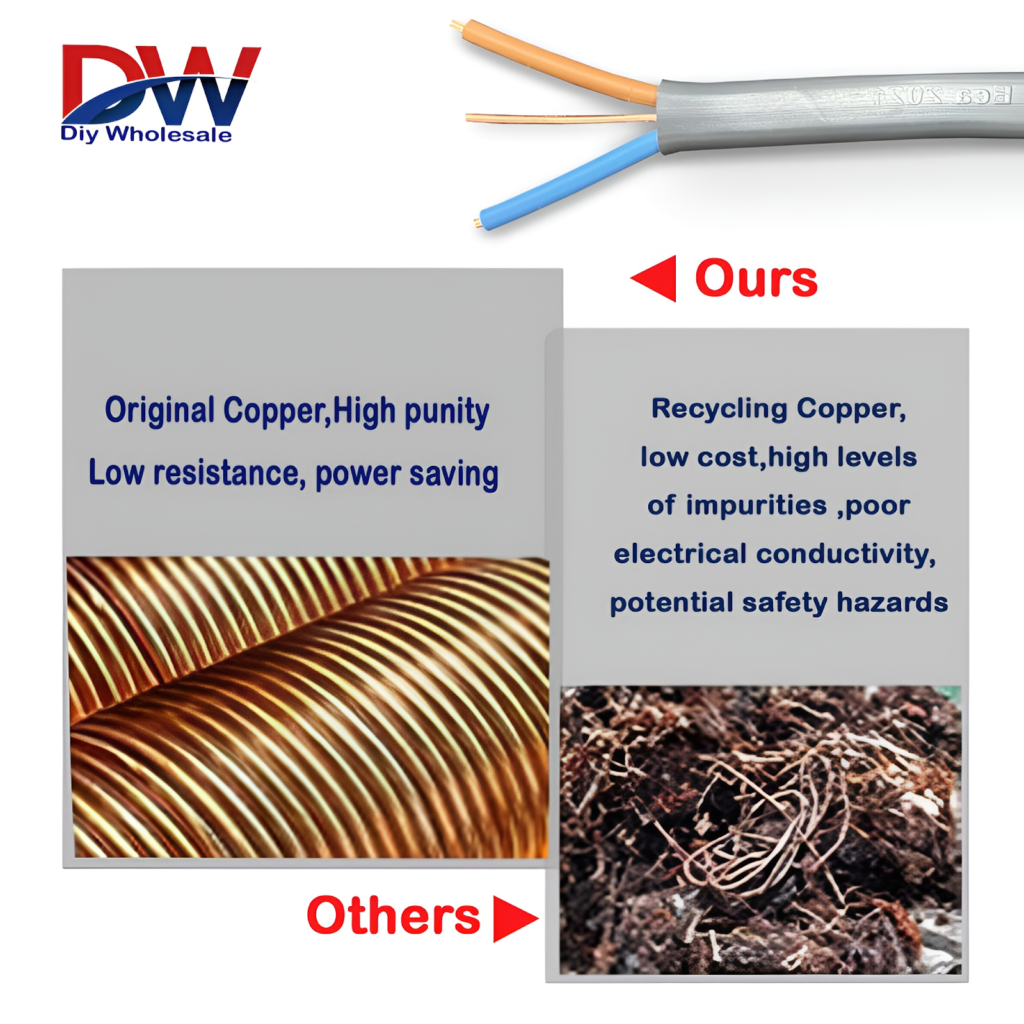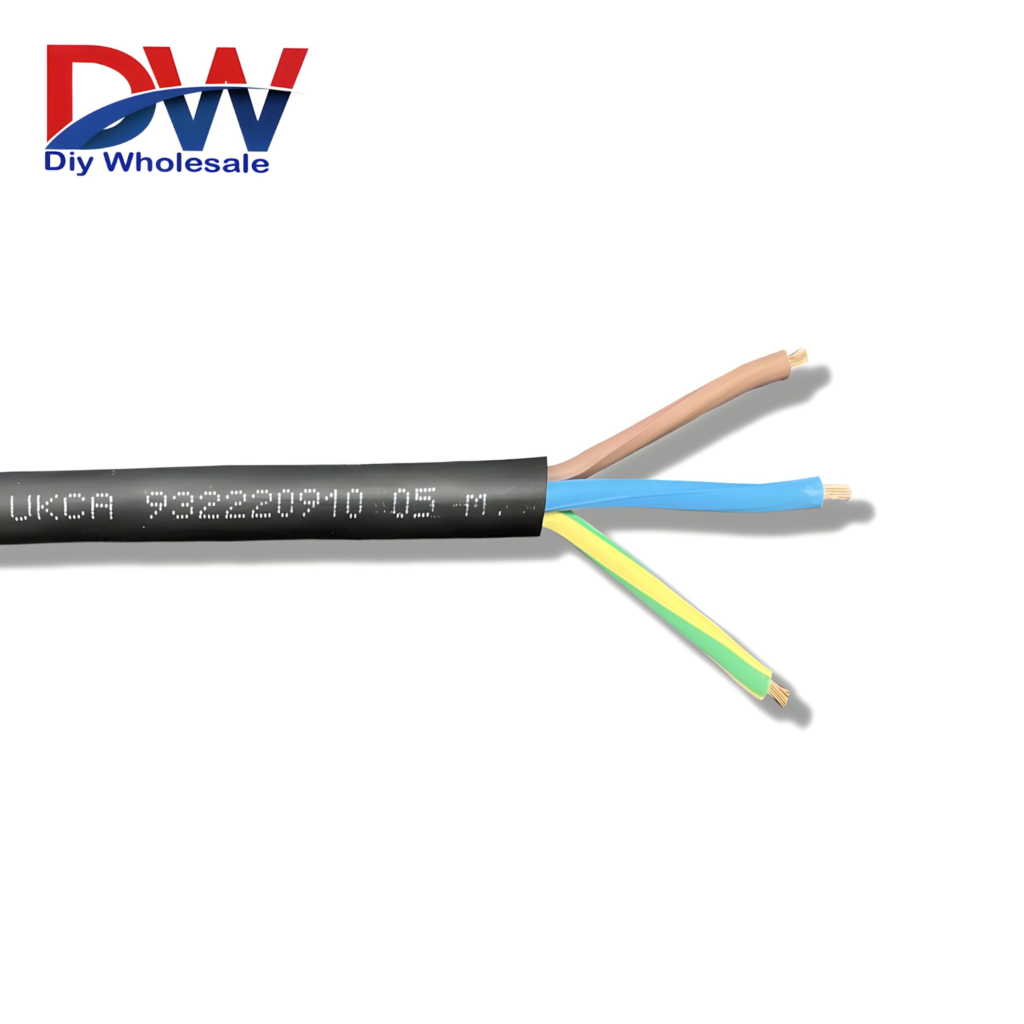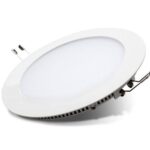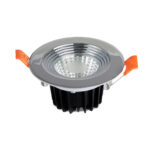Choosing the Right Size Twin & Earth Cable

What is twin and earth cable used for?
Twin & Earth cable, often known as T&E cable,
is an essential component in electrical wiring systems for both residential and commercial applications.
Selecting the appropriate size of T&E cable is critical for maintaining safety, efficiency, and compliance with electrical regulations.
What is twin & earth cable?
Twin and Earth cable, often known as T&E cable, is a type of electrical cable that is frequently used for wiring purposes in both residential and commercial environments. It comprises two insulated conductors (wires) and a third uninsulated conductor that serves as the ground wire.
The twin cores are frequently color-coded for simple identification, with one being live (brown or red) and the other neutral (blue). The earth wire is usually uninsulated or wrapped in green and yellow stripes.
Twin and Earth cable is primarily used for fixed wiring installations, such as lighting circuits, socket outlets, and other general-purpose wiring. It provides a safe and reliable means of transmitting electrical power to devices and appliances while also ensuring proper grounding for safety purposes.
This type of cable is designed to meet electrical safety standards and regulations, offering protection against electrical hazards such as electric shock and fire. Its versatility, ease of installation, and compatibility with various electrical systems make it a popular choice for electrical wiring projects.
Understanding twin and earth cable size
The size of twin and earth cable refers to its cross-sectional area, which determines its current-carrying capacity. typically measured in square millimeters (mm²) or American Wire Gauge (AWG). Choosing the appropriate size involves considering factors such as the anticipated load, distance of cable run, and voltage drop.
Factors to Consider When Choosing twin and earth cable size
To guarantee best performance and safety,
numerous aspects must be carefully examined when determining the right size of twin and earth wire for your electrical installation. These factors include:
- Electrical Load Requirements: Determine the total electrical load the cable must carry. This involves accounting for the current draw of all connected devices and appliances to
- ensure that the cable’s current-carrying capability is not exceeded.
- Distance of Cable Run: The length of the cable run is an important factor in selecting the optimum size of twin and ground cable. Longer cable runs provide increased electrical resistance and voltage drop, necessitating bigger cable diameters to compensate for these losses.
- Considerations for Voltage Drop: Voltage drop is the loss in voltage that happens while electrical current flows through a cable.
Excessive voltage drop can cause inefficient power distribution and potential problems with device functioning. Calculating voltage drop and selecting a cable size to minimize this effect is critical.
- Ambient Temperature: The temperature in the installation area might affect the cable’s performance and durability. Higher temperatures can reduce the cable’s current-carrying capability, while lower temperatures can compromise its flexibility and insulating qualities.
Selecting a twin and earth cable size that can endure the anticipated temperature conditions is critical.
- Environmental conditions: Take into account any environmental conditions that may have an impact on cable performance, such as moisture, chemicals, or mechanical stress. Selecting a cable with adequate insulation and protective characteristics helps assure longevity and dependability in harsh environments.
By carefully considering these factors and consulting with electrical professionals if necessary, you can confidently select the appropriate size of twin and earth cable for your electrical wiring needs.
Importance of Earth Cable
In electrical systems, the earth cable serves a critical safety function by providing a path for fault currents to safely dissipate into the ground. This helps prevent electric shocks and minimizes the risk of fire or damage to equipment in the event of a fault.
Choosing the Right twin and earth cable dimensions
Determining the proper size of twin and ground cable necessitates careful computation based on predicted load, voltage, and other variables.
Several methods and recommendations are available to help with this procedure, including voltage drop estimates and contact with electrical specialists.
Common Mistakes To Avoid
One typical error when choosing twin and earth cable size is underestimating the electrical load,
which can result in overheating and possible risks.
Ignoring environmental elements like temperature and moisture levels can also harm the cable’s performance and durability.
Adherence to safety laws and standards is critical to ensuring compliance and reducing hazards.
Conclusion
The proper size of twin & earth cable is critical for the safety, efficiency, and dependability of electrical systems.
Understanding the components involved and following basic rules can guarantee that cables are properly sized for your individual wiring needs.















